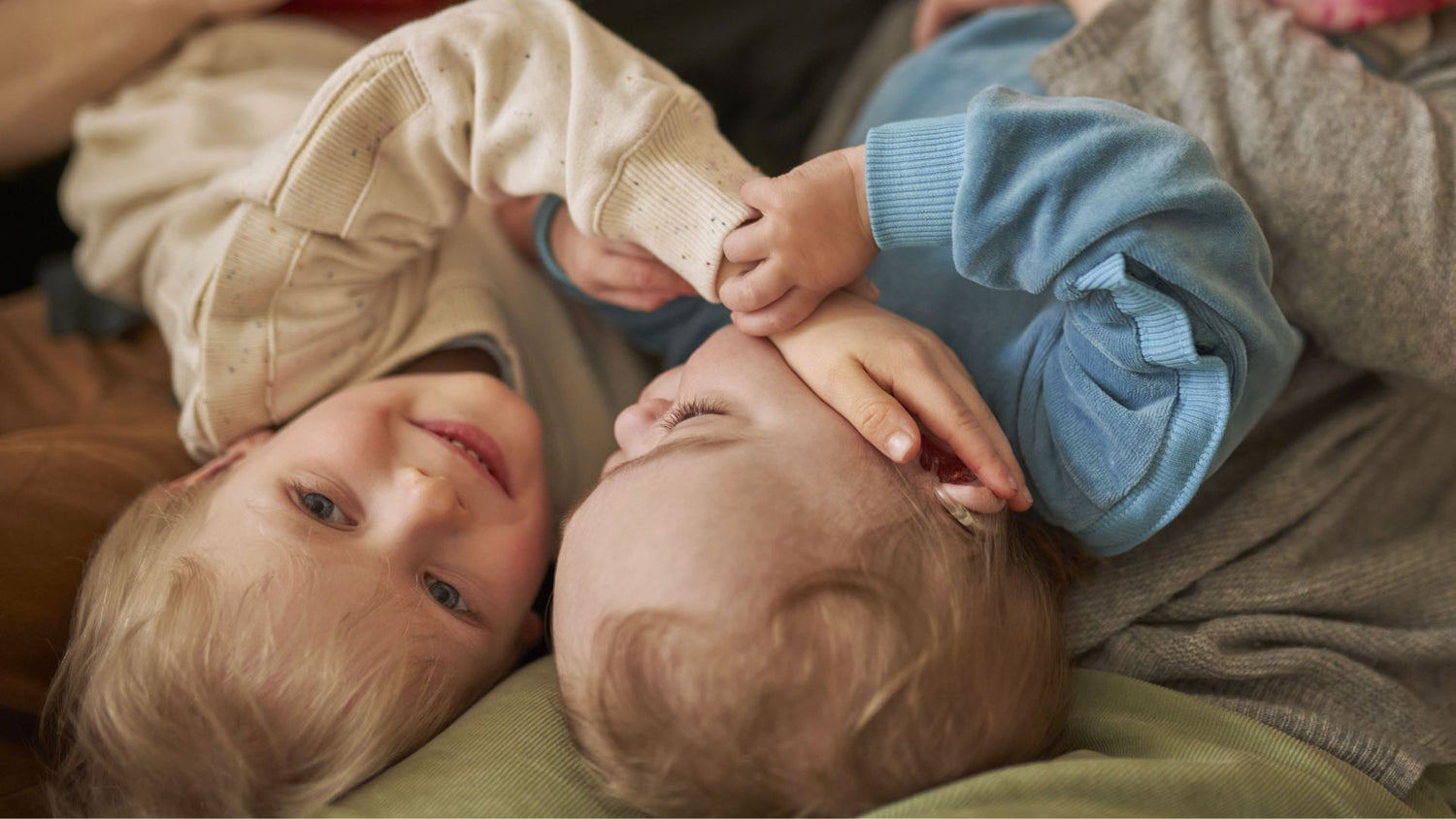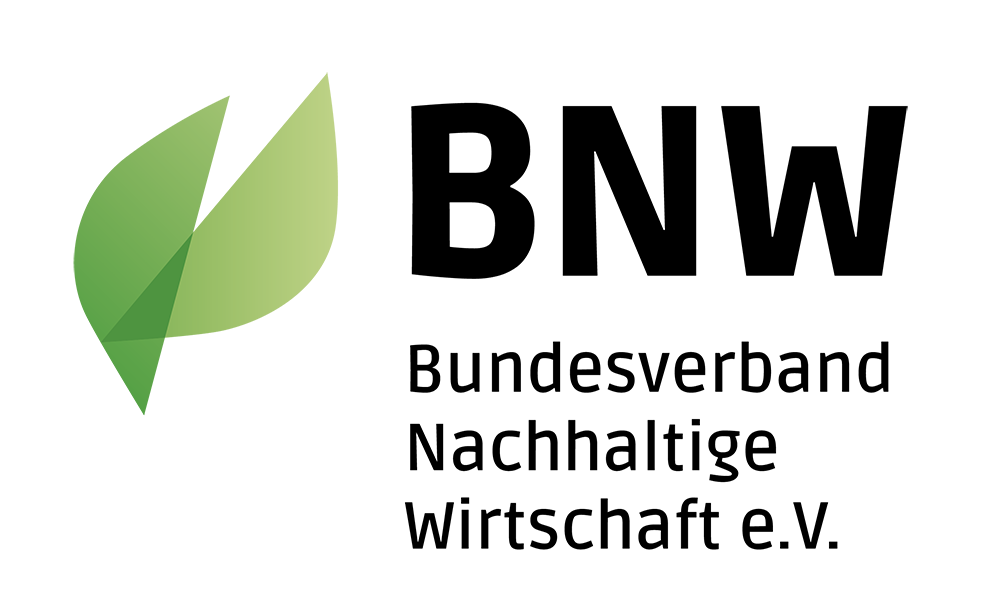What clothing size is my baby?
The following measurements will help you determine your child's clothing size:
- Height: Measuring a baby's height yourself is quite a challenge because the baby cannot yet stretch and may not like to lie still. With these tricks it can still work: Lay your baby on one side with his head touching a wall, e.g. the wall behind the changing table. Then place a ruler on his back. As soon as the baby's upper body-head axis and the ruler are parallel and against the wall, you can carefully pull out the legs and quickly read how far they reach. Alternatively: Place the baby in the same position as above, but place a string or tape measure at the top of the wall instead. Let the measuring tape stretch along your back and run down to your buttocks. Then you guide it under the buttocks along the thigh to the back of the knee and from there back to the heel. Read the measurement.
- Weight: Weight can be an important factor in choosing the right clothing size. Weigh your baby at home or look in your examination booklet to see what your baby weighed at the last check-up.
- Age information: Many clothing manufacturers also specify age groups to determine the appropriate size. However, this information is only intended as a rough guide as babies can vary greatly in height and weight.
Among all our products, e.g. the adaptive sweatshirt body in petrol, you will find our body measurement tables. Many of our clothes are available from size 38, i.e. for the very little ones.
Some Wombly clothing items are specifically designed for premature baby or developed for particularly delicate or sensitive skin.
Remember that babies grow quickly and in spurts in the first few months. Sometimes it's worth choosing the next size up to ensure your little one has enough room to grow. However, a larger size is more of a disadvantage for premature babies. You'll find out why in the next section.
Premature babies and the right clothing size
Clothing that is too big can be problematic for premature babies for a variety of reasons. We summarize the information for you:
- Excessive freedom of movement: Your baby can get lost in clothes that are too big. Too much fabric can be uncomfortable for your child because it creates more wrinkles and the baby has to lie on the folds. A neckline that is too large may slip down onto your face or the clothing may no longer fit where it should.
- Danger: Babies can get tangled in clothing that is too big or parts of the clothing can slip over their face or head. This increases the risk of suffocation or strangulation.
- Temperature regulation: Premature babies often have difficulty regulating their body temperature. Clothing that is too big can cause the baby to lose too much heat because the clothing is not tight enough to trap body heat.
It is important that clothing for premature babies fits well. Clothing specially developed for premature babies takes their needs into account, such as a good fit, soft materials and a special cut that makes it easier to put on and take off. The clothing should also have openings through which you can thread cables and hoses. Take a look at our site, you will find one here Overview of all our premature baby products.
The right hat size
To determine the right hat size for your baby, you need to measure the circumference of your baby's head. All you need is a flexible measuring tape or a non-stretchy tape, such as a string or a piece of paper, which you can later measure with a ruler.
Here is a guide on how to proceed:
- Preparation: Make sure your baby is calm and relaxed. You can place it on your lap or hold it in a comfortable position for easier access to the head.
- Positioning the tape measure: Place the tape measure around your baby's head. Place it about an inch above your eyebrows and let it extend around the back of your head. Important: You have to measure the widest part of the head.
- Measurement: Make sure the tape measure is not too tight or too loose. It should be tight enough to accurately measure the circumference of your head, but not so tight that it cuts in. Read the spot on the tape measure where it meets. Alternatively, you can mark the length of the ribbon or cord and measure it with a ruler.
Please note that it is recommended to repeat the measurement several times to ensure that you have measured correctly.
In our Wombly Size Chart The head circumference is given in centimeters so that you can compare the measurement with our size information. At Wombly, we recommend buying a larger cap size only after you've reached half your height, unlike other clothing items. So if your child is 40cm long in height, we still recommend the 38 hat. From 41cm we recommend the larger size. But it always makes sense to measure the circumference of your child's head to be sure. Of course only if this is possible.
Do you know a method that we haven't considered yet? Tell us in the comments.





